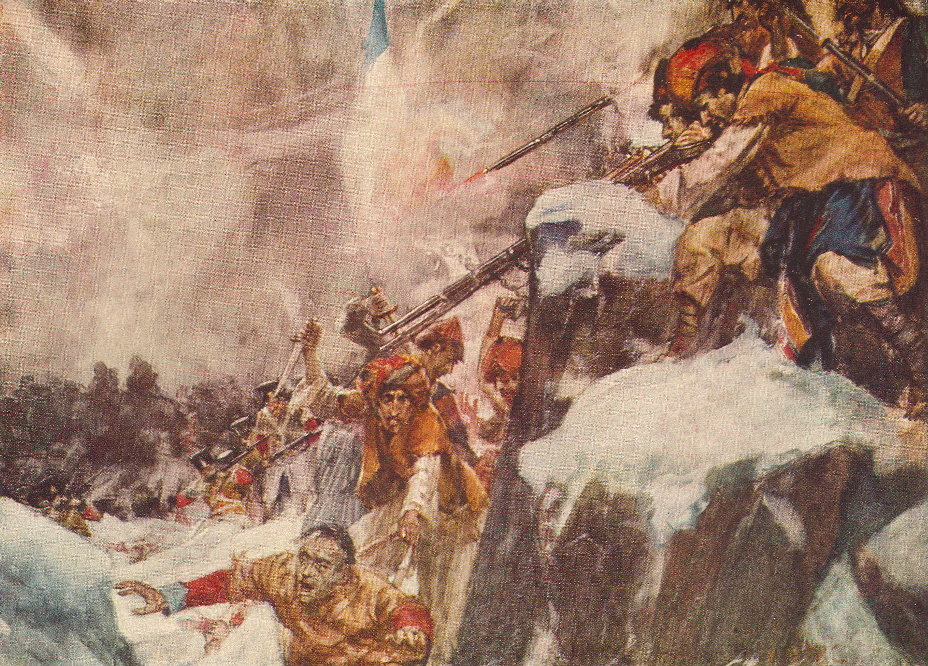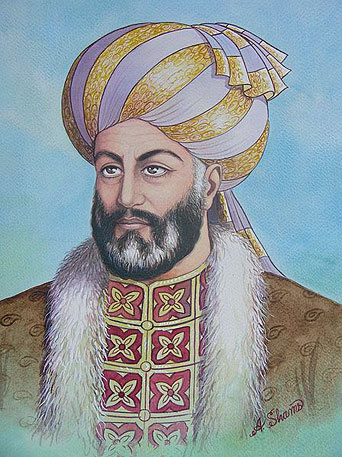

The Achaemenid Empire in 500 BCE,although evidence indicates that an advanced degree of urbanized culture has existed in the land between 3000 and 2000 BC. Alexander the Great and his Macedonian army arrived to Afghanistan in 330 BCE after conquering Persia. During different periods in history, the region of Afghanistan was sometimes known by different names, such as Ariana, Arachosia, and Khorasan. It is the land where many powerful kingdoms established their capitals, including the Greco-Bactrians, Kushans, Indo-Sassanids, Kabul Shahi, Saffarids, Samanids, Ghaznavids, Ghurids, Kartids, Timurids, Mughals, Hotakis, and Durranis. On many trade and migration routes, the land of Afghanistan is called the "Central Asian roundabout" since routes converge from the Tigris-Euphrates Basin via the Iranian Plateau, from India through the passes over the Hindu Kush, from the Far East via the Tarim Basin, and from the adjacent Eurasian Steppe.

The Indo-Iranians, who are believed to have arrived to Afghanistan after the 20th century BCE, left their languages that survived in the form of Pashto and Dari. Middle Eastern (Persian and Arab invasions) influenced the culture of Afghanistan, as its Zoroastrian, Macedonian, Buddhist, and Hindu past has long since vanished. Local empire-builders such as the Ghaznavids, Ghurids and Timurids made Afghanistan a major medieval power as well as a learning center that produced the likes of Avicenna, and Al-Biruni among many other academic or iconic figures.